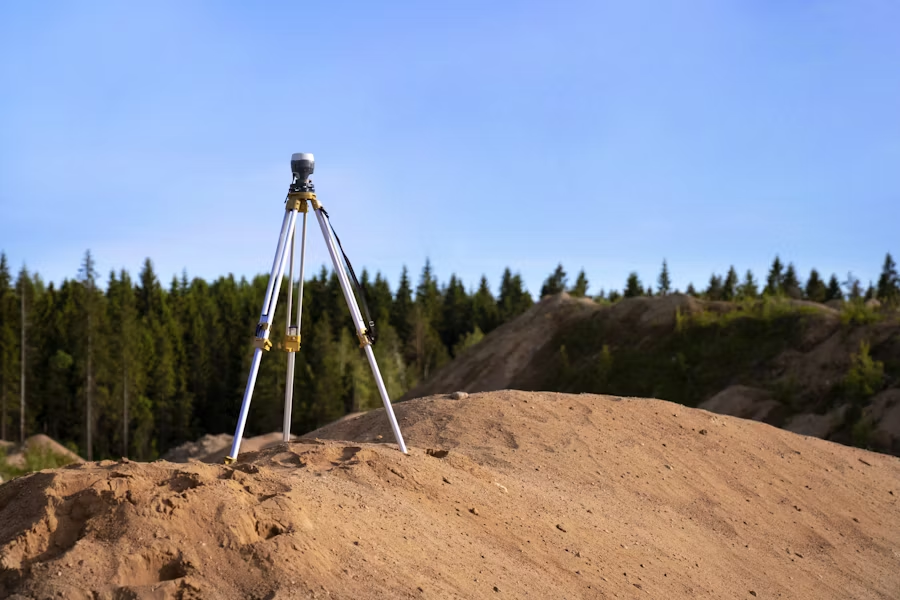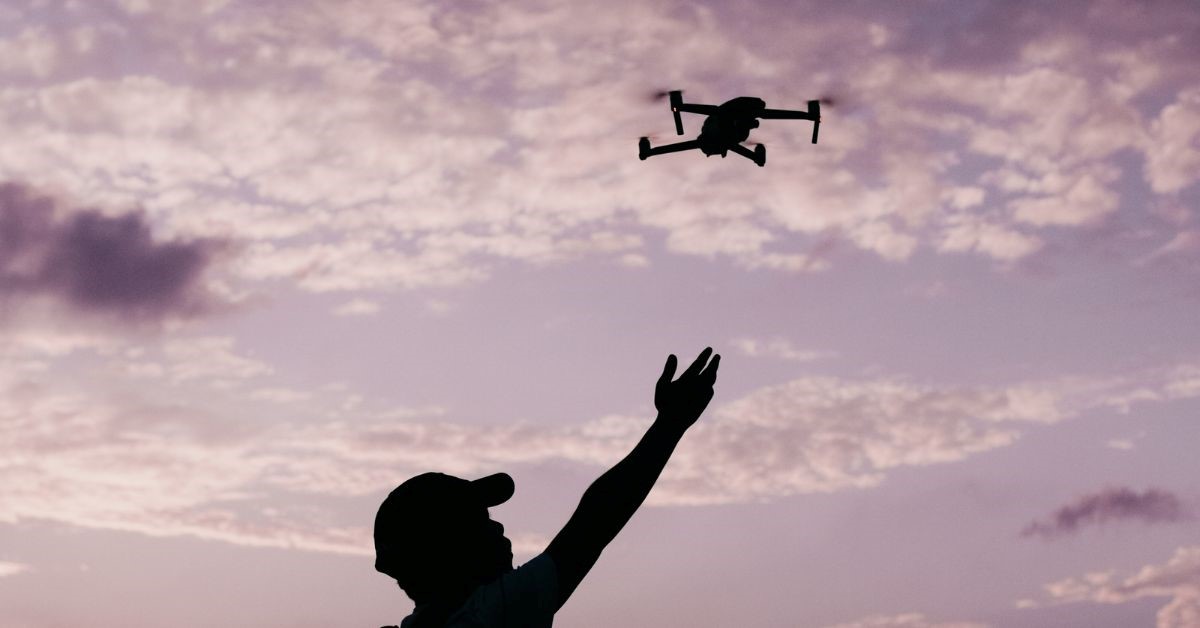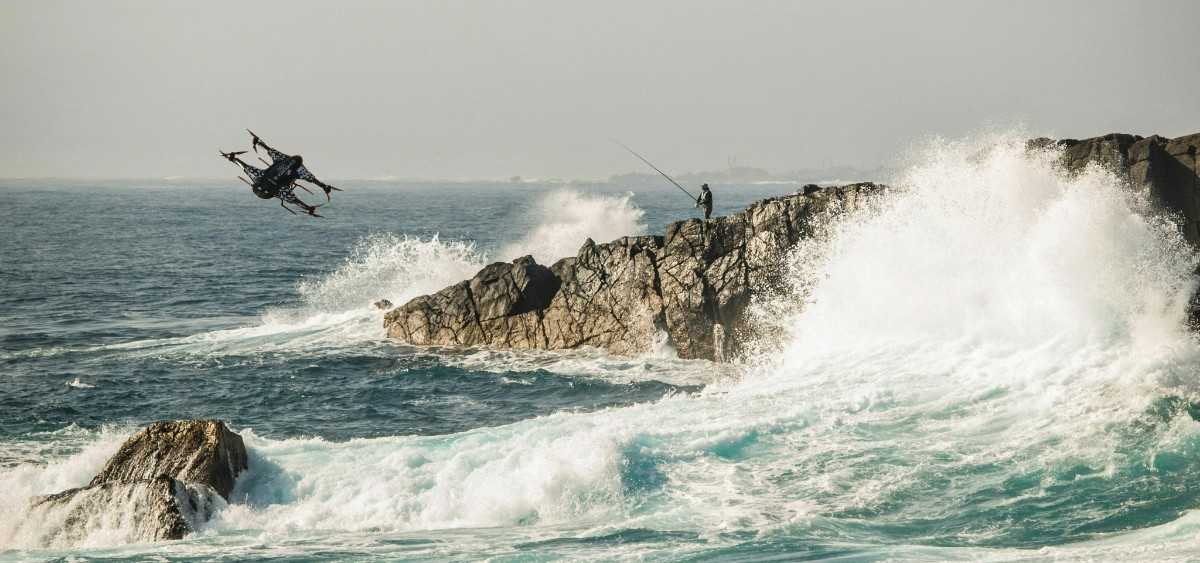Complete Guide to Drones with Night Vision in 2025
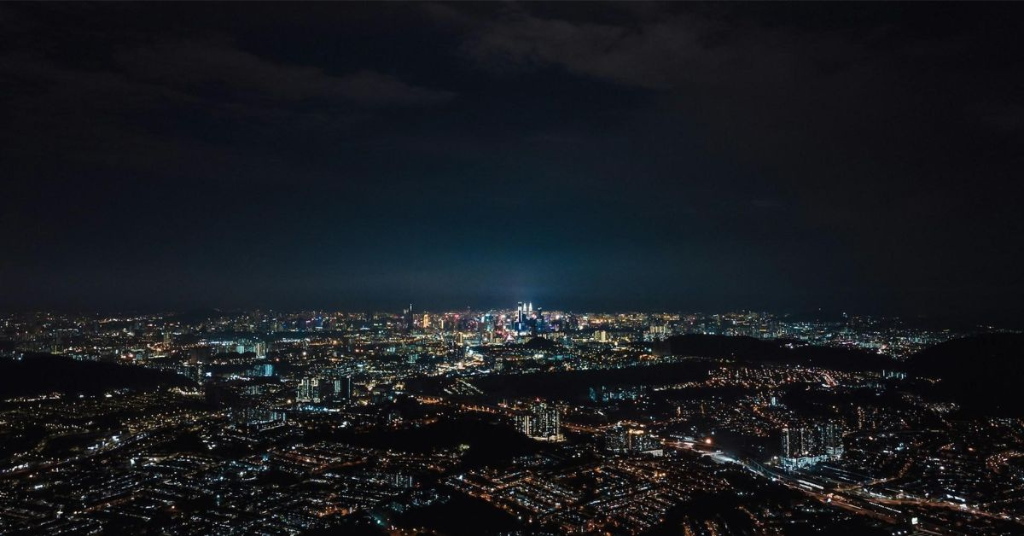
What are the Different Types of Night Vision drones?
Drones’ versatility allows them to be utilized in nearly every industry. Everything from drone photography to LiDAR can be done quickly and more accurately with far less downtime. A drone with night vision and thermal camera can even speed up time-consuming processes like surveys, as well as assist in physical tasks like spraying or seeding. On top of that, night drones can even operate in areas with low visibility. Multispectral sensors, thermal cameras, and night vision drones allow them to work in these environments. They can even allow drones to fly at night.
In this article, we’ll explore what makes a drone night vision system work and how these night time drones are transforming operations.
What exactly is drone night vision technology?
Human vision tends to be limited to a small section of the electromagnetic spectrum. This is known as “visible light”, But cameras in drones at night can detect different wavelenghts using special sensors.
Night vision, particularly drone night vision, means the ability to see in low-light environments. Various technologies make it possible.
What are the Different Types of Night Vision drones?
A night vision drone can come equipped with different types of night vision: low-light vision, thermal, or infrared. The main difference between the two is that thermal vision, which is used by drones with thermal cameras, detects radiation via heat. Meanwhile, night vision is particularly sensitive to ambient light.
To be more specific, here are the main differences between how they work:
Low light camera: Night vision cameras work by taking in small amounts of visible light and magnifying it greatly. However, they still have the same limitations as the naked eye.
Infrared camera: Infrared cameras project near-infrared energy that their imager can see when it bounces off of objects. However, they still depend on contrast and often have limited range.
Thermal imaging camera: Night vision drones can utilize thermal cameras for monitoring because they can detect differences in heat. Unlike infrared, thermal cameras create their own contrast.
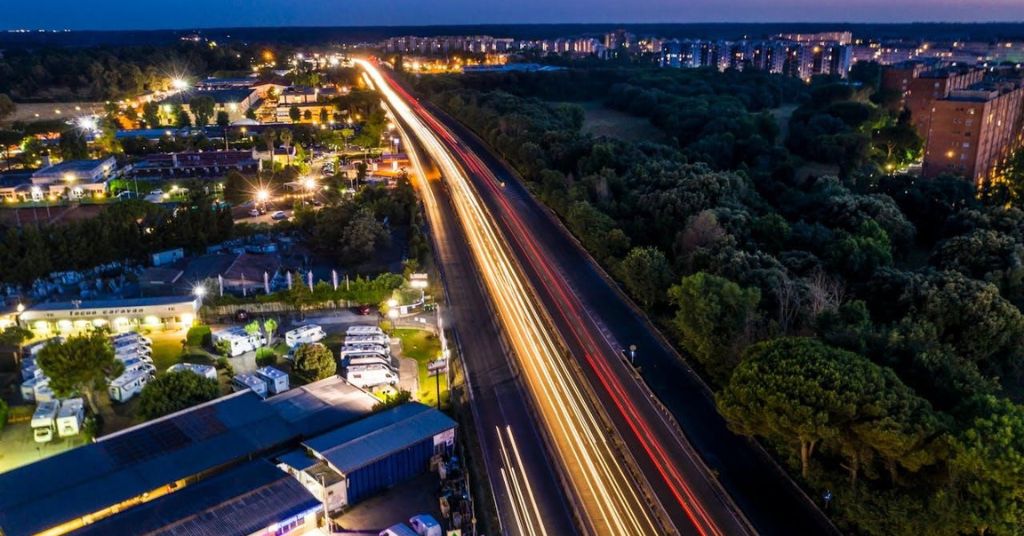
Can You Fly Drones at Night?
The short answer to this question is yes. Provided ample visibility, it is possible to fly a drone for commercial purposes during nighttime. However, In most countries, it’s often illegal to do so outside a pilot’s visual line of sight (VLOS).
The same can be said for flying drones at night. There are two main reasons why many regulations limit drones to daytime flights:
1. VLOS compliance
Keeping a drone within the pilot’s line of sight is required for many countries around the world. There are a few reasons why this is the case for countries like the United States and Australia. Aside from keeping in line with aviation laws, it also prevents accidents from occurring. As a result, pilots flying drones with night vision may need to secure permits depending on their purpose.
2. Ensuring Data Quality
Processes like photogrammetry and aerial drone surveying require sufficient lighting. This is because computers often find it difficult to distinguish details in low visibility. There is a good chance your drone also won’t have thermal or infrared cameras. Flying at night can result in rather interesting footage or data, but may need careful planning as a result.
Additionally, it’s important to understand that they won’t necessarily ensure visibility in low environments. Rather, they are used for different purposes and should be implemented carefully.
What are Night Vision Drones Used For?
For hobbyists, flying drones at night can be completely different from flying during daytime. However, night time drones have various applications that make it novel and critical for many commercial functions. Here’s how you can use a drone with night vision:
1. Photography
The biggest reason why pilots use a drone with night vision is for photography. For instance, weddings, receptions, or celebrations can continue long after dark. Best drone for real state also utilizes nighttime shots of properties to advertise to potential buyers. Additionally, construction industries also benefit from nighttime shots of buildings still being constructed.
2. Security and Inspections
Another use of a night vision drone is for perimeter monitoring and safety inspections. There are certain cases when roof and infrastructure inspections may be more beneficial at nighttime than at daytime.On top of that, drones are a great way for conducting perimeter patrols during nighttime. With limited visibility and ground security patrols often resulting in blind spots, nighttime flights can drastically improve coordination.
3. Public Safety
Law enforcement agencies fly drones at night for routine patrols and crime scene investigations. On top of that, they can also use drones to locate missing persons, as well as help engage fleeing suspects.Fire fighting drones equipped with night vision can also be used for both daytime and nighttime. They are critical for monitoring fires and keeping crews safe and coordinated.
4. Wildlife Monitoring
Night vision drones are one of the best tools for monitoring wildlife and identifying poachers. Wildfires monitoring includes various tasks, like population counts, habitat mapping, and behavioral observations. These aren’t always ideally done during the day, especially for crepuscular or nocturnal species
4 Safety Tips for Flying Drones at Night
Being legally allowed to fly drones at night is different from doing it during the day. With visibility being a limiting factor, there are some things to consider when flying drones at night. Here are four much-needed safety tips to ensure a great flight route without any accidents:
1. Survey the Area during the Daytime
Because flying at night is completely different, it’s important to survey the area first during daylight hours. Before taking your night vision drone, you need to first be familiar with your terrain. There are two reasons for this. The first one is to plan your route to get the most coverage out of each flight. Whether you’re taking photos, videos, or even doing routine patrols, surveying in advance is critical.
The second reason is avoiding potential obstacles. The most common obstacles at low altitudes are typically treetops and power lines, which can jam the drone’s propellers.
2. Bring Anti-Collision Lights
Anti-collision lights are a requirement for drone pilot flying at night. As set by FAA guidelines, these lights need to be visible for at least 3 statute miles (4.7 kilometers).
Depending on your drone and how you install these lights, they can help you determine your drone’s altitude and orientation. On top of that, it’s always good practice to bring a spare set of anti-collision lights for extended flights. If they happen to fail at any point, be sure to land your night vision drone and replace them immediately.
3. Plan Your Flight and Your Landing Zone
Part of planning your nighttime flights is planning both your route as well as your takeoff and landing zones. Doing so not only gets you the optimal flight route but also ensures minimal damage to you drone. One way to establish a takeoff and/or landing zone is by placing lights on the designated area. While these can cause light pollution if the lights are too bright, you can choose to turn them off temporarily.
Your drone’s failsafe should also be set to “Return to Home” as opposed to simply “Land” or “Hover”. In the event of a problem, this will allow your drone to automatically return safely.
4. Fly at Higher Altitudes
Finally, flying high at nighttime is always the safer option compared to flying low. Night vision drones can be prone to collision, so you want to encounter as few potential hazards as possible.
Hazards like trees and power lines are a few of these common culprits. The solution isn’t always to fly at a fixed height but to know when to lower and raise your altitude
The Bottom Line
Flying at night can be a completely different experience for pilots, but it is possible to work around limited visibility. On top of that, choosing the best night vision drone can be challenging because of the added factors to consider. However, if you’re looking for the right balance of features, then the ZenaDrone 1000 is perfect for you.
Want to see a drone with night vision and thermal camera it in action? Give us a call and schedule a demo today. We’d love to hear from you!
Contact Us
Thank you for your message. It has been sent.
Latest Posts
Social Profiles






